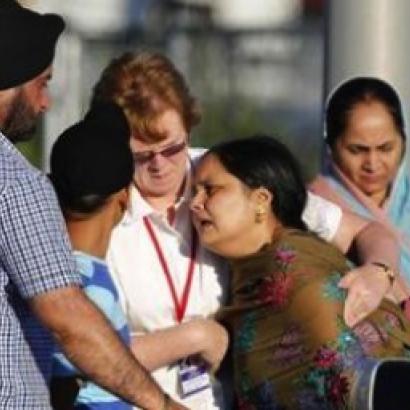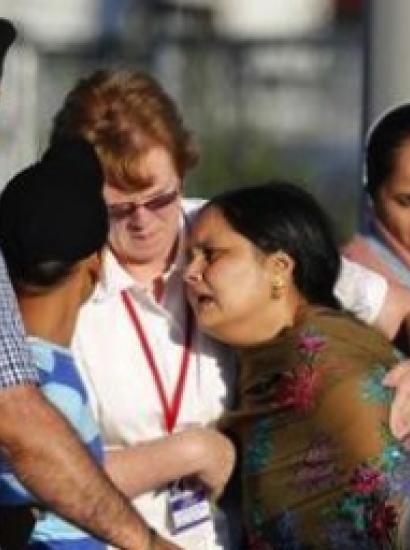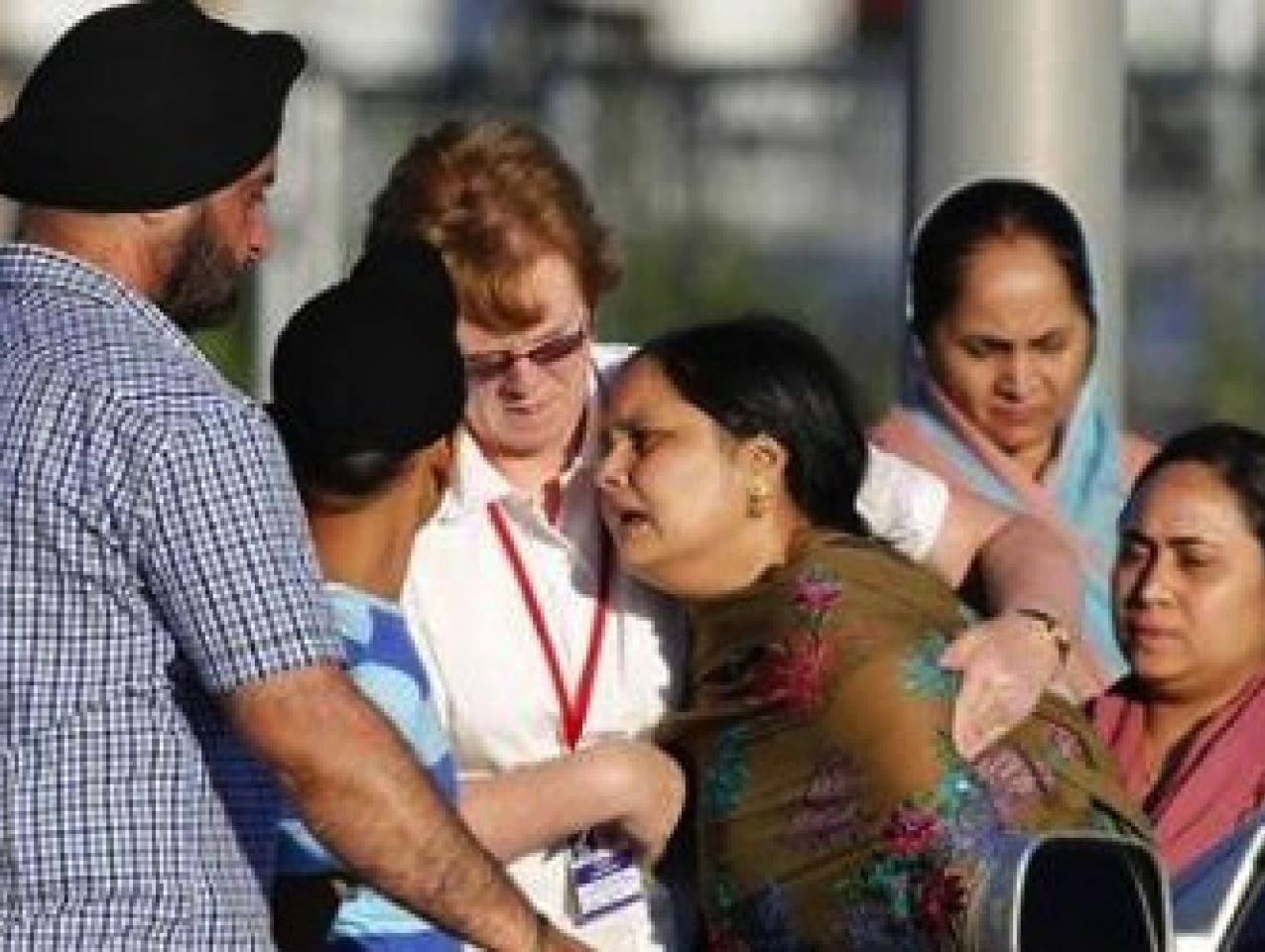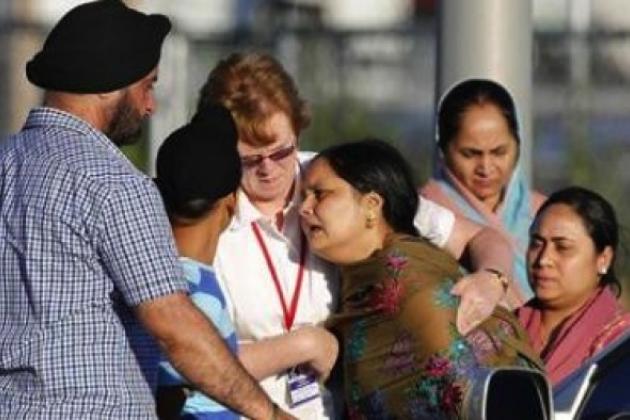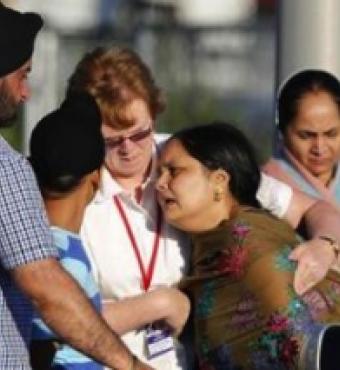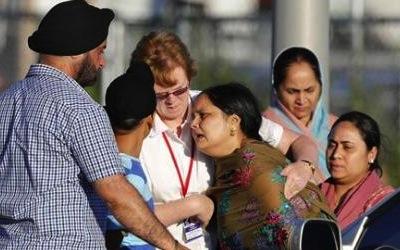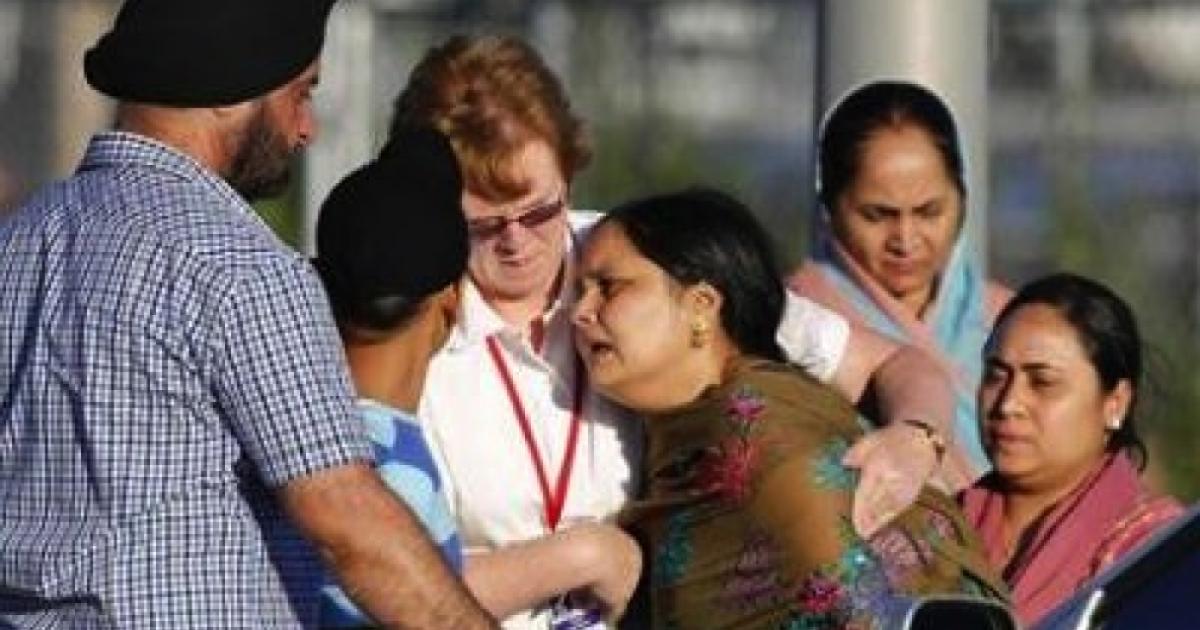- Law & Policy
- Civil Rights & Race
Days after the horrible massacre of innocent Batman fans in a Colorado theater, the media reported that lawyers had been hired to seek justice for the victims. No doubt a similar quest for justice will arise from the tragic killings at a Wisconsin Sikh temple. Not justice in the old fashioned sense of public prosecution of criminal charges, though that will happen, but justice in the form of financial compensation for victims. Of course the deceased cannot be compensated, though their estates can be, but the injured and the families of the dead can be awarded damages for pain and suffering and loss of companionship.
But who to sue? Who is to blame for the harms suffered? In the Colorado case, it is clear the gunman James Holmes is responsible, but he is also almost surely without the resources to compensate for the enormous injuries he inflicted—he is what lawyers call judgment proof. So the victims’ lawyers need someone else to sue, and it will have to be someone with deep pockets or the lawyers won’t pursue the case on what is certain to be a contingency fee basis.
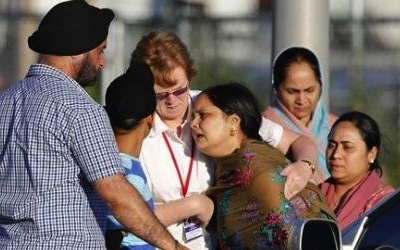
Photo credit: mwcradio
What about the theater? Perhaps they were negligent in not preventing the killer from entering by a side door. The theater will surely have insurance and is probably part of a chain of cinemas worth tens or hundreds of millions of dollars. Or we might sue the architects who designed the theater with apparently easy, unsecured access from the street. What about the makers of the movie? Violence in fiction begets violence in real life, or at least hired experts will testify to such a causal connection. Speaking of deep pockets, how about the local government (whose pockets are our pockets), which may have been negligent in providing adequate police protection and in failing to impose building standards that would secure public facilities against those who would do harm.
And don’t forget the gun manufacturers. They should be an easier target than the tobacco companies were for state governments in search of revenue. A problem for those who would sue the makers and sellers of guns, however, is the federal Protection of Lawful Commerce in Arms Act. But, as Reuters reported, the combination of the Wisconsin and Colorado shootings has reignited interest in challenging the federal law as beyond Congress’ constitutional power. Whether or not those lawsuits are successful, shooting victims will sooner or later find a court willing to devise a theory pursuant to which shooting victims will be compensated by some one. Under modern American tort law, the possibilities are limited only by the imagination.
“Stuff Happens”
In reflecting on this almost immediate search for responsible parties other than the actual perpetrator, I was oddly reminded of work I did years ago on the subject of liability for harm resulting from failed government efforts to mitigate and prevent harm from natural disasters. The specific focus of my research was on government liability for failure to predict, or for inaccurately predicating, earthquakes. The concern for the government (which generously funded the study) was that if government developed the capacity to predict earthquakes, might it be found liable for damages if it failed to predict a quake or if it predicted one and nothing happened? In either case, people could suffer harms from reliance on governments’ earthquake forecasting.
It sounds farfetched, no doubt, but there had been, even three decades ago, a few successful lawsuits for failed or inaccurate weather forecasts. We hypothesized an archetypal scenario in which government experts predict an imminent earthquake on the San Andreas fault and the mayor of San Francisco orders an evacuation of the city. Then nothing happens. Imagine the dislocation and lost business costs of such an evacuation. Surely there would be lawsuits seeking damages incurred by those who relied on a mistaken prediction.
The prospect of such lawsuits was part and parcel of the rapid expansion of tort liability taking place in American courts. Over the course of only a few decades, the common law system of tort liability had been transformed from one based on fault to one with the purpose of compensating those suffering the seemingly unavoidable harms of modern life.
At a 1979 UNESCO conference on earthquake prediction, some Chinese scholars reported that their government had ordered the evacuation of a handful of cities in anticipation of predicted earthquakes, and that, in one case, a quake actually occurred while the city was evacuated. I asked one of the Chinese professors what they did in the other cases when no earthquake occurred. “The government told them to go home,” was the response.
By American standards, the innocence of that reply was astounding. It would not have occurred to most Americans in 1979, even less so today, that people would suffer harm from a government mistake without demands for compensation—even if the government mistake happened while the government was trying to help people avoid harm. Nor, it seems, does it strike most Americans as odd that the victims of a deranged murderer would seek compensation from parties having only coincidence linking them to a random and tragic event.
Would it be mean-spirited or ungenerous to question the legitimacy of whatever lawsuits are contrived by would-be advocates for the Colorado and Wisconsin victims, or to doubt the wisdom of legal claims against government when it fails in its efforts to protect against natural disaster? Perhaps it would be, at least in the context of a legal order in which wealth is routinely redistributed to cushion the inevitable and often unavoidable misfortunes of life in a world filled with natural and man-made risks.
But we should question it. We should question it in the interest of restoring a social and legal order in which individual liberty and individual responsibility combine as the foundation of strong and prosperous communities.
Almost lost to modern American law is the old common law principle of damnum absque injuria (harm without legal injury). The principle reflected the reality that (to put it in sanitized modern parlance) “stuff happens.” That stuff includes earthquakes, floods, human errors despite reasonable care, and violent acts by deranged individuals. Knowing that the law will not remedy injuries suffered from these hazards of life, we have the incentive to avoid or mitigate harm by reinforcing our homes, building outside the flood plain, steering clear of the inherently risky activities of others, and providing help for or constraining the mentally ill.
When precaution fails and harm befalls us, aid may come from family, compassionate strangers, volunteer associations, or government. But consistent with the principle of damnum absque injuria, there is no guarantee or right to be enforced in a court of law—only the good will of those with the means and inclination to assist.
Once we abandon the idea that some injuries are without legal remedy—once we accept and expect that every injury, without regard for fault and with little regard for cause, will be compensated as a matter of right, an essential feature of any successful and prosperous community is lost.
The Death of Personal Responsibility
When individuals are no longer responsible for themselves and for the stuff that happens to them due to no fault of others, freedom and responsibility will have given way to dependency and a culture of victimhood. Communities populated by dependent individuals will deteriorate into collections of interest groups seeking to establish ever more legal entitlements for themselves. By creating rights to be compensated for harm from any and every source, we weaken the foundation of individual responsibility on which liberty depends.
And we do it at significant cost. The transactions costs of modern tort litigation are often so high that the alleged victims receive little or nothing in the way of meaningful compensation, while the legal proceedings tie up the public’s courts and the lawyers enrich themselves with contingency fees often greater than the lifetime incomes of those they purport to represent.
It is ironic that compassion for the individual and a sense of the unfairness of “stuff happening” to some people and not to others is what first leads us to invent legal remedies that undercut the responsibility so important to a community of autonomous and free individuals. But that is what we have done, and not only in extreme and tragic circumstances like the Colorado and Wisconsin massacres of innocent moviegoers and worshippers. Even routine hazards of daily life are grist for the mill of our modern tort cum compensation system.
Whether in the realms of financial investment, consumer products, personal services, children’s playgrounds, healthcare, or even outdoor recreation, where exposure to risk is often the appeal, we don’t want stuff happening. We want modern life to be risk free. Of course it is not and never can be, so we adapt old legal remedies or invent new ones that compensate for harms incurred whether by conscious risk taking or random bad luck in a risk filled world.
It is a terrible thing when true disaster befalls even a single individual. But stuff happens. Natural and manmade hazards are part of the human condition. A combination of technology and social institutions has served to reduce and mitigate these hazards, and compassionate people usually do what they can for the victims. But we fool ourselves in thinking that we can effectively eliminate risk by creating legal rights of compensation that only shift the costs to others. In taking from Peter to pay Paul, we incur enormous transactions costs while encouraging Paul to take less responsibility for himself and discouraging Peter from taking more risks, which would help him contribute to a safer and more prosperous world for us all.








